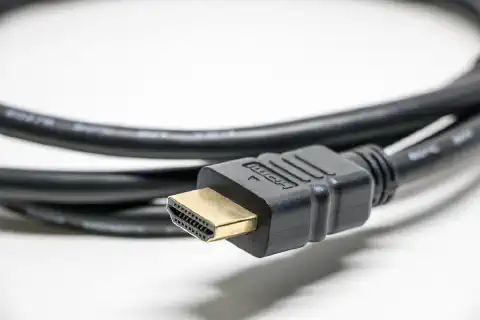Network Plus Course: Mastering Patch and Firmware Management for Enhanced Security

Table of Contents
Click Here to Return To the Network Plus Course Page
Introduction
In today’s interconnected world, network security plays a crucial role in protecting sensitive information and maintaining the integrity of systems. One important aspect of network security is patch and firmware management. This article will explore the importance of patch and firmware management in network security and provide best practices for effectively managing patches and firmware updates. Additionally, we will discuss the significance of access control lists, role-based access, firewall rules, implicit/explicit deny, and wireless security considerations.
Importance of Patch and Firmware Management in Network Security
Patch and firmware management is a critical component of maintaining a secure network infrastructure. Patches are updates released by software vendors to address vulnerabilities and fix bugs in their products. Firmware, on the other hand, refers to the software embedded in hardware devices, such as routers or switches. Regularly updating both patches and firmware is essential for the following reasons:
Vulnerability Mitigation: Hackers and cybercriminals constantly search for vulnerabilities in software and hardware to exploit. By applying patches and firmware updates, organizations can address these vulnerabilities and protect their networks from potential attacks.
Risk Reduction: Failure to update patches and firmware can leave networks exposed to known vulnerabilities, increasing the risk of unauthorized access, data breaches, and other security incidents. Regular updates help mitigate these risks and enhance overall network security.
Compliance Requirements: Various government regulations and industry standards, such as the General Data Protection Regulation (GDPR) and the Payment Card Industry Data Security Standard (PCI DSS), mandate regular patching and firmware updates to ensure data protection and privacy. Failure to comply with these regulations can result in severe penalties and reputational damage.
Improved Performance: Patches and firmware updates not only address security vulnerabilities but also enhance the performance and functionality of software and hardware. By keeping systems up to date, organizations can benefit from improved reliability, efficiency, and user experience.
Best Practices for Managing Patches and Firmware Updates
To effectively manage patches and firmware updates, organizations should adopt the following best practices:
Patch and Firmware Inventory: Maintain an inventory of all software applications and hardware devices in the network infrastructure. This inventory should include information about the versions of patches and firmware installed on each system.
Vulnerability Scanning: Regularly perform vulnerability scans to identify potential weaknesses and missing patches or firmware updates. This proactive approach allows organizations to stay ahead of potential security threats.
Patch and Firmware Testing: Before applying patches or firmware updates in a production environment, it is crucial to test them in a controlled testing environment. This ensures that the updates do not introduce compatibility issues or cause system failures.
Patch and Firmware Deployment: Develop a well-defined process for deploying patches and firmware updates. This process should include proper change management procedures, such as testing the updates in a limited production environment before rolling them out network-wide.
Automated Patch Management: Utilize automated patch management tools and systems to streamline the patching process. These tools can help schedule and deploy patches and firmware updates, reducing the manual effort required.
Access Control Lists and Role-Based Access: Implement access control lists (ACLs) and role-based access to restrict unauthorized access to critical network resources. ACLs allow organizations to define granular permissions and control the flow of traffic based on IP addresses, ports, or protocols.
Firewall Rules and Implicit/Explicit Deny: Configure firewall rules to filter network traffic and enforce security policies. Use implicit deny as a default rule, allowing only explicitly defined traffic. This approach ensures that only legitimate network traffic is allowed and helps prevent unauthorized access attempts.
Wireless Security Considerations and Best Practices: When it comes to wireless networks, organizations should implement strong security measures, such as WPA2/WPA3 encryption, strong passwords, and network segmentation. Regularly update wireless devices’ firmware to address security vulnerabilities and ensure the use of the latest security standards.
Conclusion
Patch and firmware management is an essential aspect of network security. By regularly updating patches and firmware, organizations can mitigate vulnerabilities, reduce risks, comply with regulations, and improve overall network performance. Additionally, implementing best practices, such as maintaining inventories, conducting vulnerability scans, and utilizing automated patch management tools, can streamline the patching process and enhance network security.
To ensure effective network security, organizations must also configure access control lists, role-based access, firewall rules, and wireless security measures. These security measures help restrict unauthorized access, control network traffic, and protect sensitive information from malicious actors.
By adopting these best practices and staying vigilant in managing patches and firmware updates, organizations can strengthen their network security posture and safeguard their valuable assets.
References
- General Data Protection Regulation (GDPR)
- Payment Card Industry Data Security Standard (PCI DSS)
- WPA3 Wi-Fi Security





